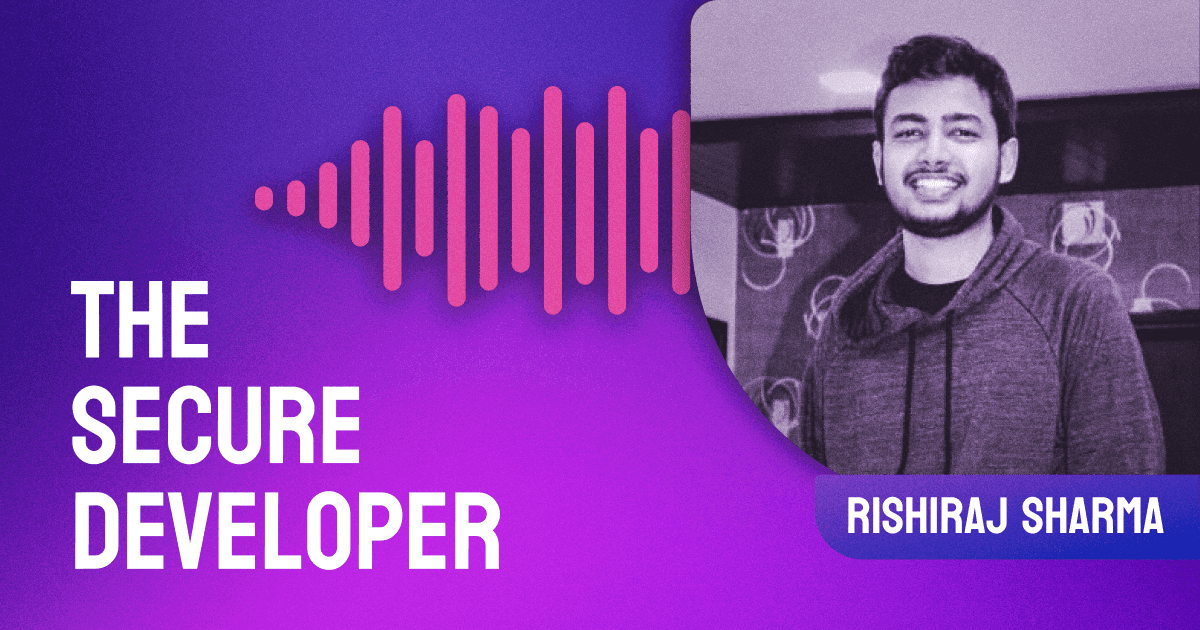Malicious attacks are a real threat, especially with the essential role of open source in mind. Today’s guest, Liran Tal, is the director of developer advocacy at Snyk and. Github Star, and he is here to share a plethora of tips you can implement today to see a marked improvement in general posture and company safety.
Tune in to hear Liran’s perspective on the state of malicious attacks today in comparison to previous years, how third-party dependencies can be problematic, and how a single attack can impact thousands of users, developers and CI machines. He believes that open source is an essential tool today and that the solution lies in better security. Listeners will also learn how security sanitization is different for each ecosystem, and hear some advice for security-conscious companies cautious not to restrict innovation by tightening up their security plan. Join us to hear all this and more from today’s expert voice from Snyk.





